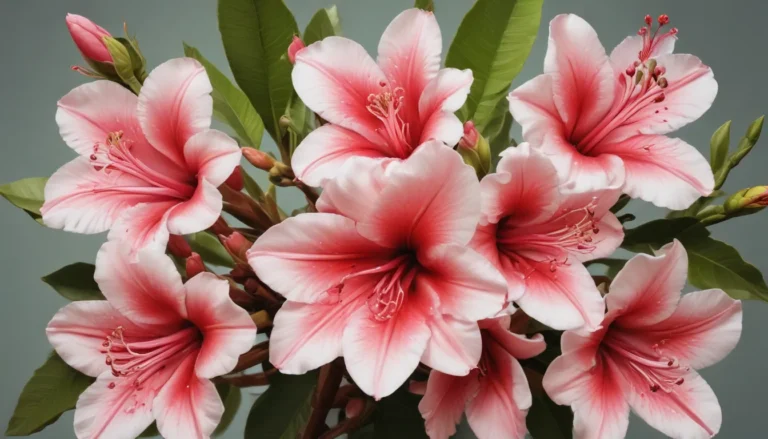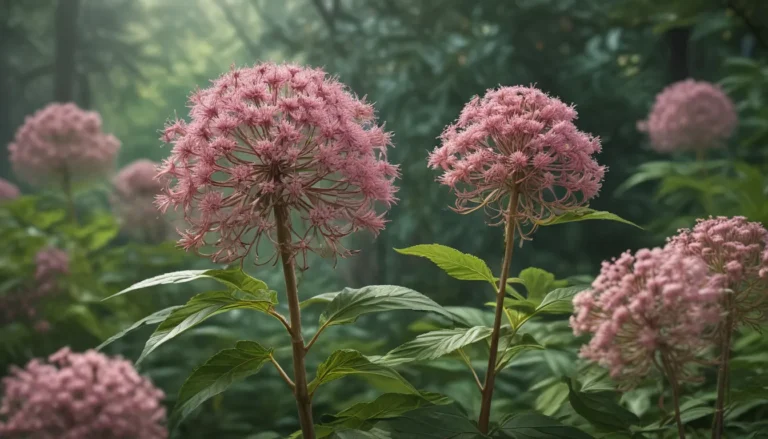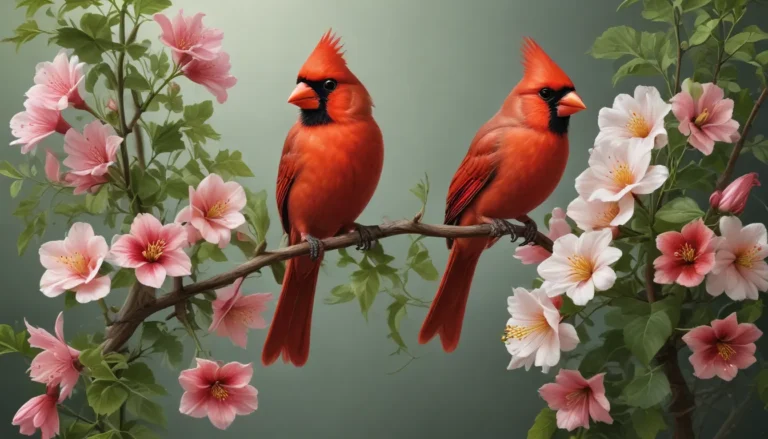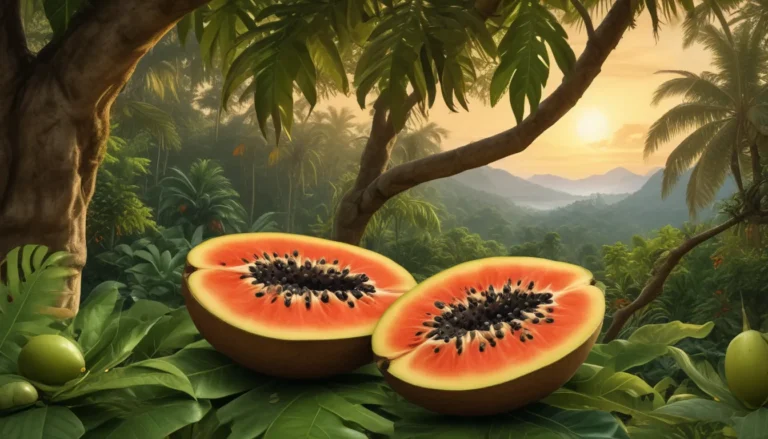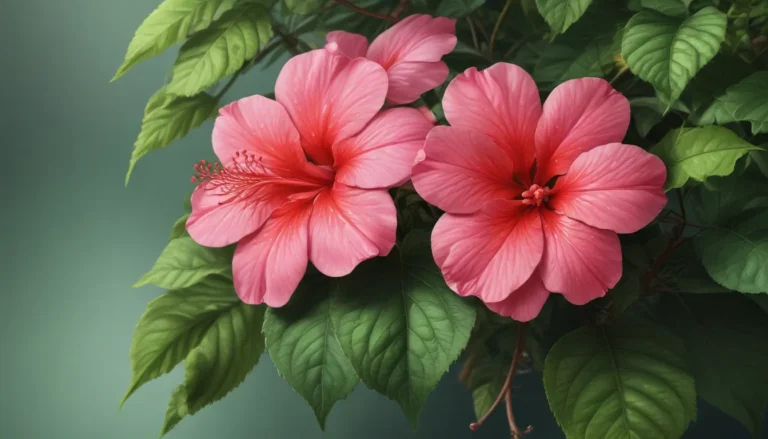The pictures we use in our articles might not show exactly what the words say. We choose these pictures to make you interested in reading more. The pictures work together with the words but don’t take their place. The words still tell you the important facts.
If you are a plant enthusiast looking to add a touch of exotic beauty to your indoor space, look no further than the captivating Zebra Plant, scientifically known as Aphelandra squarrosa. With its stunning foliage featuring vibrant green leaves adorned with bold white stripes, this tropical plant is sure to catch the eye of any plant lover. But there's more to this plant than meets the eye.
In this comprehensive guide, we will delve into 17 captivating facts about the Zebra Plant that will leave you amazed by its unique characteristics and fascinating history. From its origin in the rainforests of Central and South America to its care requirements and its ability to purify the air, there is so much to uncover about this striking plant that symbolizes balance and harmony.
Unveiling the Fascinating World of Zebra Plants
Key Takeaways:
- Zebra Plants thrive in bright, indirect sunlight and high humidity, making them a perfect addition to any indoor space.
- Known for their striking zebra-like leaf patterns, these plants are relatively low maintenance and have air purifying qualities.
- Zebra Plants, native to the tropical rainforests of Brazil, have a rich symbolic meaning and produce vibrant yellow flowers when provided with the right conditions.
Origin and Name
The Zebra Plant, also scientifically known as Aphelandra squarrosa, hails from the tropical rainforests of Brazil. Its name is derived from the distinctive zebra-like patterns adorning its leaves, making it a popular choice for indoor plants.
Striking Leaf Patterns
The Zebra Plant features dark green leaves with bold white veins, creating a visually stunning pattern reminiscent of zebra stripes. These patterns not only add to its beauty but also help the plant blend into its natural habitat in the rainforest.
Plant Size and Growth
With a compact size that typically reaches a height of 12-18 inches, the Zebra Plant boasts a bushy and upright growth habit, making it an ideal choice for smaller spaces or as a decorative addition to your home or office.
Nurturing Your Zebra Plant: Care Tips and Requirements
Sunlight Requirements
Zebra Plants thrive in bright, indirect sunlight and should be placed near a window where they can receive filtered light. Direct sunlight should be avoided to prevent leaf burn.
Watering Needs
To keep your Zebra Plant happy, ensure the soil is slightly moist, allowing the top layer to dry out between watering sessions. Overwatering can lead to root rot, so finding the right balance is crucial.
Humidity Lover
These plants thrive in high humidity environments, mimicking the conditions of their native rainforest habitat. Regularly misting the leaves or placing the plant on a tray filled with water and pebbles can help increase humidity levels.
Temperature Tolerance
Maintain a temperature range between 65-75 degrees Fahrenheit (18-24 degrees Celsius) to keep your Zebra Plant thriving. Avoid exposing it to extreme temperature fluctuations to ensure its well-being.
Flower Power
When provided with the right care, Zebra Plants produce vibrant yellow flowers that add a pop of color to their already captivating foliage. Proper lighting and humidity levels can stimulate flower production.
Embracing the Beauty and Symbolism of Zebra Plants
Air Purification Abilities
Much like other houseplants, Zebra Plants possess air purifying qualities that can help remove common indoor pollutants, providing cleaner air for you and your family to breathe.
Propagation Methods
Easily propagate your Zebra Plant through stem cuttings by placing them in a well-draining potting mix until roots develop. With some patience and care, you can expand your collection effortlessly.
Low Maintenance
Zebra Plants are relatively low maintenance and require minimal care. With the right conditions and occasional pruning to maintain their shape, these plants can thrive for years, bringing joy and beauty to any space.
Toxicity
While Zebra Plants are not toxic to humans, they can be harmful to pets if ingested. To ensure their safety, keep them out of reach of curious furry friends.
Embracing the Intriguing Qualities of Zebra Plants
Natural Pest Resistance
Zebra Plants are naturally resistant to common pests like aphids and spider mites, making them a hassle-free addition to your plant collection. However, it's still important to monitor your plant and practice good plant hygiene.
Symbolism and Meaning
In various cultures, the Zebra Plant symbolizes balance and harmony, bringing positive energy and tranquility to its surroundings. Embrace the symbolic significance of this plant as you enjoy its beauty in your home.
Varieties of Zebra Plants
While Aphelandra squarrosa is the most common species of Zebra Plant, there are other varieties with slight variations in leaf patterns, sizes, and colors. Explore the diverse world of Zebra Plants to find the perfect addition to your indoor oasis.
Natural Habitat
Zebra Plants thrive in the understory of tropical rainforests, benefiting from the shade provided by taller trees and the high humidity levels found in this environment. Recreate these conditions in your home to ensure the well-being of your plant.
Bringing the Beauty of Zebra Plants Into Your Life
In conclusion, the Zebra Plant is a truly captivating and fascinating plant that can elevate the beauty of any indoor space with its unique foliage and symbolic meaning. From its origin in Brazil to its natural pest resistance and air purification abilities, this plant offers a wealth of benefits for plant enthusiasts of all levels.
FAQ
- How often should I water my Zebra Plant?
-
Water your Zebra Plant when the top inch of the soil feels dry to the touch, usually about once a week. Avoid overwatering to prevent root rot.
-
Does the Zebra Plant require a lot of light?
-
While the Zebra Plant can tolerate lower light conditions, it thrives in bright, indirect sunlight. Place it near a window for filtered light.
-
How often should I fertilize my Zebra Plant?
-
Fertilize your Zebra Plant once a month during the growing season with a balanced, water-soluble fertilizer diluted to half the recommended strength.
-
Can I propagate my Zebra Plant?
-
Yes, you can easily propagate your Zebra Plant through stem cuttings. Keep the soil slightly damp until new roots form.
-
How tall does the Zebra Plant typically grow?
- The Zebra Plant usually grows to a height of about 6 to 12 inches, with a compact and bushy growth habit ideal for various spaces.
At the heart of our content lies a commitment to delivering trustworthy and engaging information that enriches your plant knowledge. Each fact on Zebra Plants is contributed by real users like you, ensuring a diverse array of insights and information. Dive into the world of Zebra Plants with us and discover the captivating beauty and benefits they bring to your indoor space.


